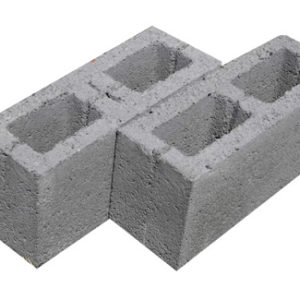It is about establishing a factory for cement products (ready-mix concrete – cement blocks – interlocking – kerbstone), where the project produces ready-mix concrete and cement blocks.

It is about establishing a factory for cement products (ready-mix concrete – cement blocks – interlocking – kerbstone), where the project produces ready-mix concrete and cement blocks. It is a heterogeneous mixture of sand, gravel, cement and water, and some other materials (additives) can be added to obtain certain properties. The proportions of these materials in the concrete mixture are chosen according to the type of work required and the available materials. By mixing these materials together, concrete is obtained that begins to harden gradually over time until it becomes solid and strong, and its strength varies according to the basic components as well as according to the mixing method during pouring and the type of processing in terms of adding chemical enhancers. The idea of the project comes from the continuous demand for cement products and the huge boom in various industrial and housing fields due to development and urban renaissance in which the construction field needs ready-mix concrete, which made the demand for this project increasing, and because the raw materials needed for it are available, namely cement, sand, gravel and other additives, it increases the chances of stabilizing its production processes. The project aims to meet the requirements and needs of the region due to the large urban development and to benefit from all the elements of sustainable development. The project products are all types of ready-mix concrete and cement blocks. The project targets the local market (contracting companies – real estate investment companies – contractors – the Ministry of Municipal and Rural Affairs – and municipalities). The necessary expertise is also provided to manage and operate the project and production lines, which achieves the ability to continue and meet the increasing demand for ready-mix concrete products and compete with local producers of ready-mix concrete and cement blocks by providing the best production lines in the field of mixing ready-mix concrete and blocks from central mixers, mobile mixers, concrete pumps, block production lines, loaders and conveyors to facilitate the process of transporting the product.



Executive Summary
Study of project services/products
Market size study.
Risk assessment study.
Technical study
Financial study.
Organizational and administrative study.

Believing in the importance of the sector, Mashroo3k Economic Consulting presents below its key indicators:

It is no secret that the Kingdom of Saudi Arabia’s 2030 vision only sought to diversify its economy and increase non-oil sector revenues in its GDP. The Kingdom has embarked on its ambitious journey; it has pumped huge sums into its infrastructure and has begun building mega projects to encourage national investments and attract regional and foreign investments.